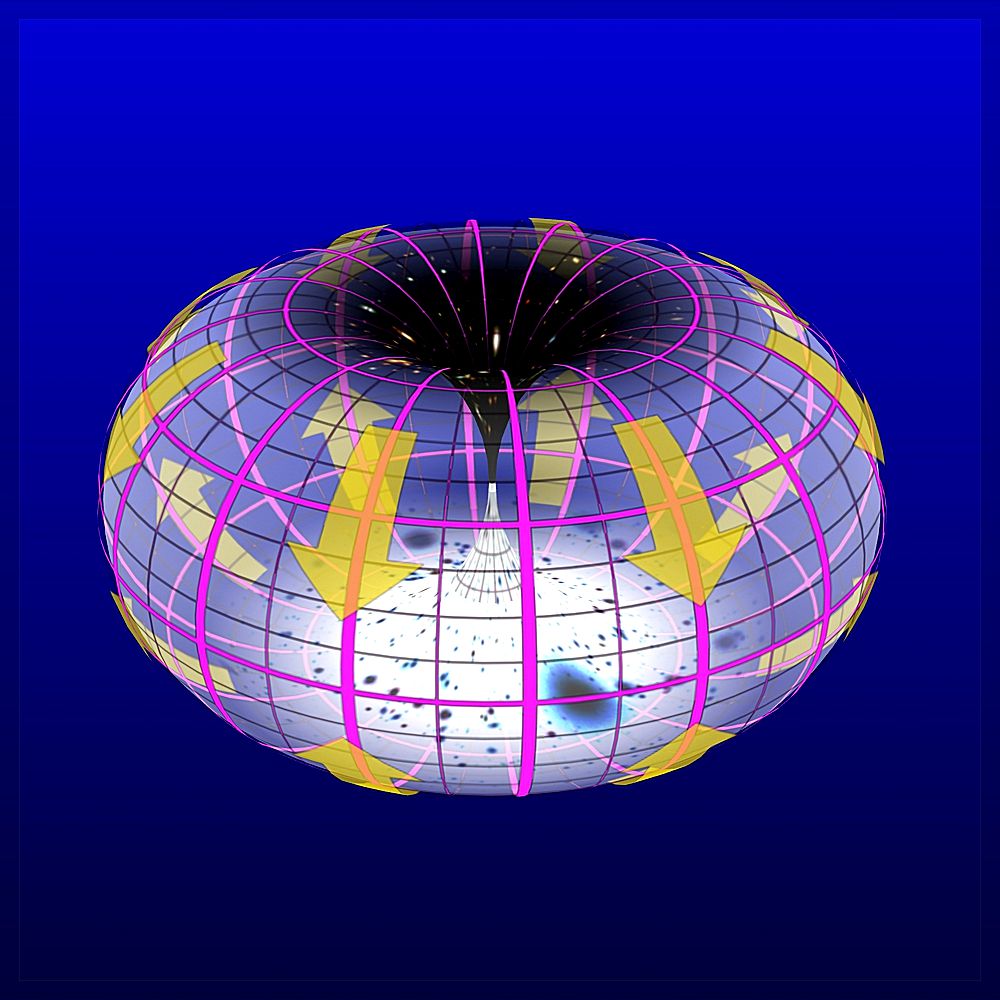Write4U:
As usual, it seems that you're getting carried away by the joy of abstract mathematical ideas. As a consequence, you lose connection with the physical reality of things.
A timeless condition of dimensionless nothingness that is permittive of everything.
To me, that's more or less a repeat of the first lot of word salad that you wrote. What does it actually
mean for something to be "permittive of everything"? Can there actually be a thing that is "permittive of everything"?
The expanding universe started as a singularity and for an infinitely small instant it expanded at FTL without being restricted by any physically restrictive laws of nature which at that time were non-existent but emerged within the universe as it expanded, cooled down, and formed physical properties along with their restriction of behaviors and the emergence of SOL as a constant.
There are a number of problems with that statement.
First of all, realise that the term "singularity" in this context refers to a mathematical idea. Specifically it points at somewhere that a mathematical theory breaks down, which is a usually signal that we need a better theory. It is therefore wrong to say that the physical universe "started as a singularity". That's essentially saying that the universe started because something in one of our mathematical theories doesn't work, which is nonsensical.
Secondly, parts of our universe
right now are moving away from us FTL. That has nothing to do with physical laws not existing, or anything like that. Which brings us to the third point: all of our models of the big bang necessarily involve what you call "restrictive laws of nature" that were there right from the start. It's hard to imagine why a "law of nature" would suddenly spring into being at some stage during the process of expansion, if it wasn't there before. None of our cosmological theories contain that idea.
There
was no "before", as far as we can tell.
The quantum fields of three elementary particles? (quarks, leptons bosons).
Does that question mark mean that you don't know what you're talking about, there, and you'd like me to suggest something that might make sense?
Scientists use allegorical expressions all the time, without penalty.
To explain things to laymen, certainly. But in explaining things to each other, they tend to use precisely defined scientific terms. That way, everyone can understand what is being discussed, because they all use the same terminology and understood conventions (at least, in the ideal case).
It is really a matter of understanding the content of a sentence, not necessarily the linguistic mechanics.
When it comes to technical topics, the "vibe" is not sufficient. One has to be precise in communicating.
I always accompany all my posts that are about scientific narratives with quotes of actual scientific narratives by scientists. My problem is overcoming resistance to anything I have to say because my academic credentials are suspect and it is easy to dismiss a statement that may sound ambiguous. But believe it or not, when I string a compound sentence together I use real care to maintain correct chronology. I do this to save space and I know that the readers are very capable of deciphering the sentence if they apply a little thought instead of instant dismissal.
I am verbose as it is, but I try to be concise as much as possible. And I always welcome clarifying the content.
As English is my second language, AFAIK all words I see in the dictionary that meet the definition of my intended meaning should usable. If they are not in common use by English speaking persons that's not my problem.
When I address a serious subject, I do actually look up definitions of words and terms. That is why it may seem contrived at times, which is not the intent.
I always welcome correction when I actually misuse a term.
Understood. I would point out, however, that there's more to science than
just a series of definitions of words or terms. It's about connections and causations and interactions, all of which have to be understood. Scientific knowledge is built up in layers from the simple to the complex. You can't start at the highest level of complexity and hope you can make an original contribution (or even understand fully what's going on) without knowing anything much about the lower, foundational layers. You have to learn to walk before you can run.




